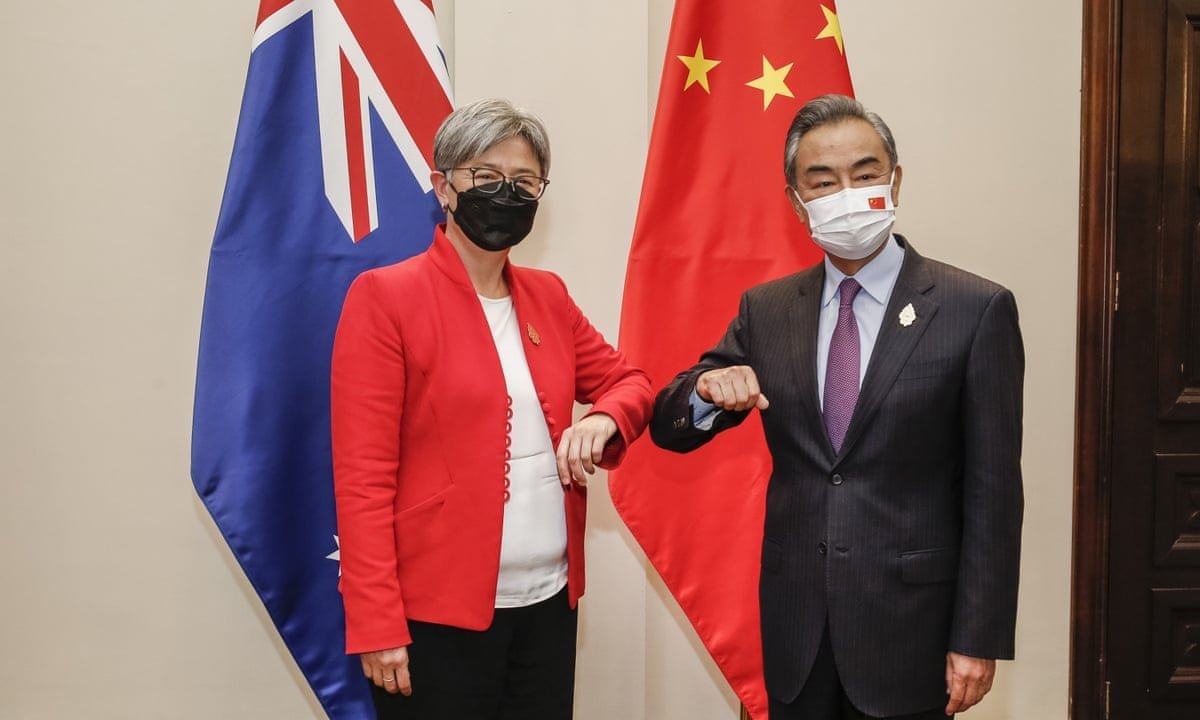CHINA ON BRINK OF WAR WITH AUSTRALIA: Beijing Accuses Canberra of ‘Twisted Propaganda’ Over Daring Encounter in Contested South China Sea
- China unleashes scathing attack on Australia, accusing the country of “twisted and absurd propaganda” over recent military encounter in the South China Sea.
- Australian P-8A Poseidon aircraft was allegedly targeted by a Chinese fighter jet, which released two flares close to the plane, labelling the actions “unsafe and unprofessional.”
- Tensions between the two nations soar as Beijing demands Australia cease its “infringing provocations” and “inflammatory propaganda” in the disputed region.
In a shocking escalation of tensions, China has slammed Australia for engaging in “twisted and absurd propaganda” following a daring military encounter in the contested South China Sea on Sunday. The dramatic incident saw a Chinese fighter jet release two flares close to an Australian P-8A Poseidon aircraft, sparking outrage from Defence Minister Richard Marles, who labelled the actions “unsafe and unprofessional.”
But Beijing has hit back, accusing Canberra of violating China’s sovereignty and “intruding” into its airspace. In a strongly-worded statement, Defence Ministry spokesman Jiang Bin described the actions of the Chinese fighter jet as “lawful, legitimate, professional, and restrained.”
“Australia’s infringement and provocations were against China, yet its false accusation that China’s actions to defend its rights are ‘unsafe’ and ‘unprofessional’ is a twisted and absurd argument that holds no water anywhere,” Jiang Bin said, adding that Australia must “immediately cease its infringing provocations and inflammatory propaganda” to avoid damaging bilateral relations.
The statement has sent shockwaves through diplomatic circles, with experts warning of a “clash of world views” between the two nations. Western Sydney University School of Law associate professor Lowell Bautista described the statement as one of the “strongest public protests” about Australia’s patrols in the South China Sea seen in recent years.

“This kind of rhetoric is part of a broader pattern in China’s strategic communications — signalling displeasure, asserting control over the narrative, and deterring what it views as foreign military presence in contested waters,” Dr Bautista said.
The incident is the latest in a string of encounters between the Australian Defence Force and the Chinese military, which has deployed flares and released chaff near Australian aircraft before, as well as deploying sonar when Australian navy divers were in the water. With tensions between the two nations at an all-time high, the world holds its breath as the situation unfolds.

